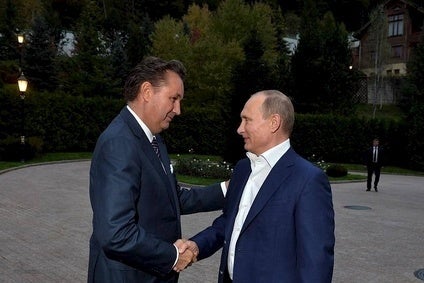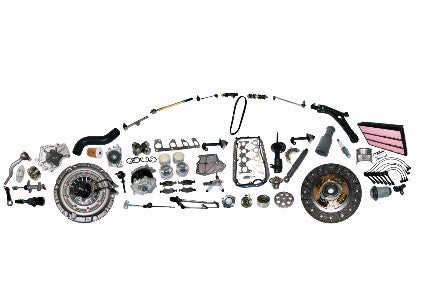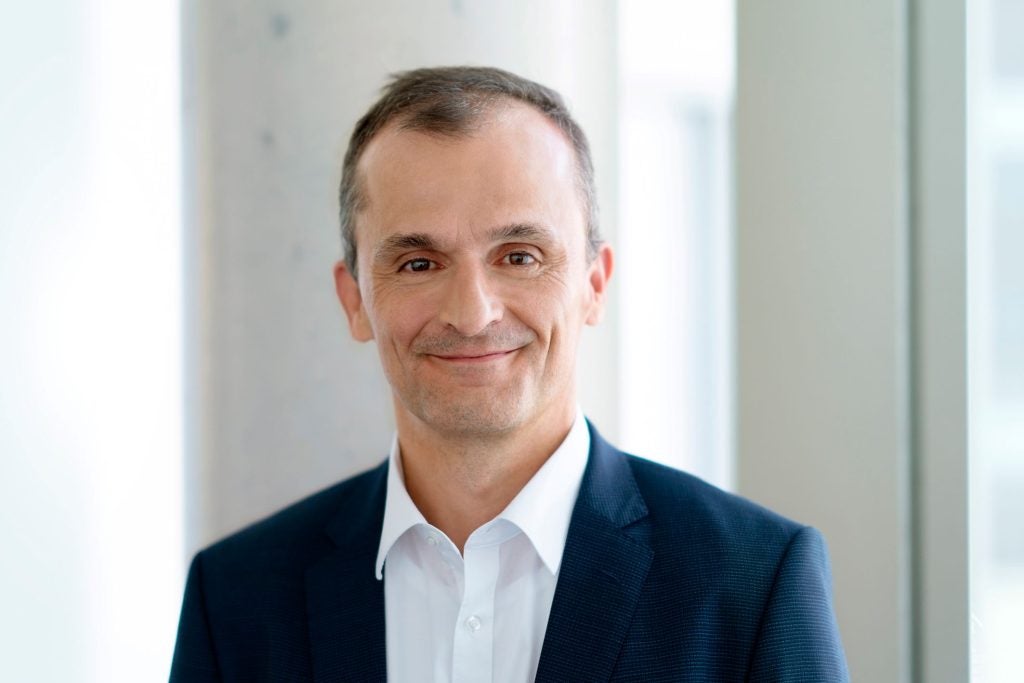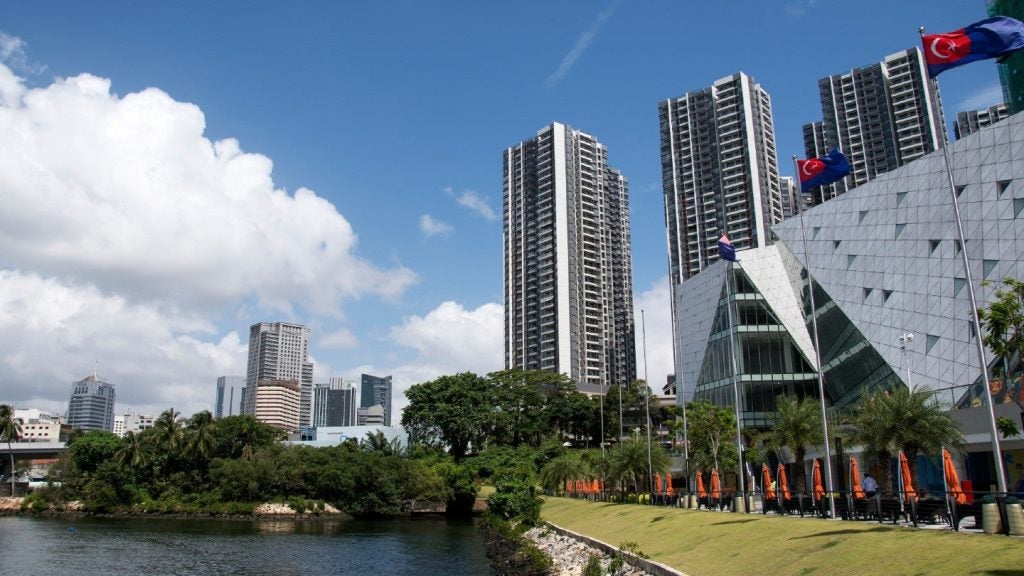As winter starts to really take hold in Russia – both climatically through the advent of the first real cold of this time of year – and equally with the country finding itself in a state of political deep freeze – this vast territory finds itself beleaguered on almost all fronts.
Russia is continuing to endure the opprobrium of Western capitals for its annexation of Crimea and supposed involvement in Eastern Ukraine, with the rouble slipping markedly, coupled with a spike in inflation and interest rates, which have seen auto sales plummet for more than a year.
Only this week, reports emerged from Moscow that shoe sellers are seeing a slump of 40% – it seems Muscovites and by default most Russians are cutting back on even the most basic of supplies – and this in a country where decent footwear is an utter prerequisite as winter's hand tightens its icy grip.
If Russians are economising on shoes, then how on earth will they be tempted into the warmth of domestic showrooms with so many shiny new models remaining resolutely unsold?
Well The Kremlin may well be coming under sustained and justified fire for its political actions – just given an extraordinary twist by Moscow's decision to add to the bewildering number of nations now aerially bombarding Syria – but it surely can't be faulted for trying to stimulate the dormant Russian automotive industry to entice those customers back.
See Also:
A plethora of measures have emanated with dizzying speed from the dusty corridors of the Russian Parliament, the Duma; namely supporting interest rates subsidies, a continuation of the scrappage scheme and more favourable access to credit for car purchases, while a completely unintended consequence of Russia being effectively cold-shouldered by the West has been domestic automakers and suppliers finding themselves highly competitive against overseas players
How well do you really know your competitors?
Access the most comprehensive Company Profiles on the market, powered by GlobalData. Save hours of research. Gain competitive edge.

Thank you!
Your download email will arrive shortly
Not ready to buy yet? Download a free sample
We are confident about the unique quality of our Company Profiles. However, we want you to make the most beneficial decision for your business, so we offer a free sample that you can download by submitting the below form
By GlobalDataThose initiatives seem to have been led mainly by Prime Minister, Dmitri Medvedev, a rather periperhal figure to Western eyes these days, being largely eclipsed since his transition from the top job to PM, but into the auto debate has stepped none other than President Vladimir Putin himself.
Despite the Russian Head of State being embroiled in a tense stand-off with London, Paris and Washington, he nonetheless enjoys remarkable domestic popularity, although the poll methodology remains somewhat unclear, being happily filmed flying microlights, showing his prowess at judo, playing ice hockey and most extraordinary of all, recently descending as if in a James Bond film, below the sea near Crimea in a submersible.
To add to those publicity hungry stunts,Putin last week was pictured roaring up to the gates of the Valdai Discussion Club in the Winter Olympics city of Sochi in none other than AvtoVAZ's latest Lada Vesta model, an arrival conducted at high speed, bookended by some serious-looking security vehicles, equally travelling at velocity.
The Russian President couldn't resist saying: “I will be honest, we did go a little bit faster,” to questions about how quickly he was driving, but the fact he was in the Vesta, the first high-visibility model to be launched in ten years according to AvtoVAZ and next to CEO, Bo Andersson, was a major publicity coup for the automaker.
Russia has been buffeted by wave after wave of grimly depressing auto sales figures, with September's calamitous fall of 29% adding to a seemingly never-ending series of drops that show no sign of levelling out.
So the Vesta – due to be rolled out in Russian dealerships next month and soon to be joined by the X-Ray in February – is a major gamble on which AvtoVAZ is betting it can persuade the market to return.
Part of those odds may be shortened by Putin's very public endorsement of the Vesta, but also by his strong affirmation of the advantages now conferred on Russian industry by those pesky economic sanctions, which have seen the rouble tumble so dramatically.
“It is a matter of the difference in exchange rates, for the national currency and for foreign currencies compared to the rouble,” said Putin on exiting the Vesta with Andersson, who if he thought the President was a touch heavy on the accelerator, certainly didn't show it.
“These are absolute competitive advantages our carmakers must certainly use, not just to conquer their own market, but to advance in the foreign markets as well.
“I was just talking to [AvtoVAZ CEO Bo] Mr Andersson and they are already planning sales in those regions of the world, in those nations, where people are familiar with Lada: Eastern Europe, some nations in the Middle East and Latin America. I think it will work and work well.”
And here's perhaps the rub of the President's comments, confirmed to me by his office in Moscow, which perhaps illustrate the first time, in front of the cameras at least, he has felt the need to expressly articulate the competitive edge Russian component manufacturers now have, as they look to enforce The Kremlin's local content mandate in the guise of Decree 166.
“Localisation is at 70%: some of the parts are still supplied from abroad, but for the most part, it’s not a bad thing,” says Putin. “Right now, everything in the global car industry is based on cooperation and the Lada is following the same path. But 70% of localisation in Russia is a very good indicator.”
The president also took the time to flag a certain Russian supplier in particular, presumably having been briefed by Andersson in the Lada Vesta.
“Certain car body parts and some other components arrive from, for example, the Magnitogorsk Iron and Steel Works which, I know, has made timely investments of over a billion euro, or a billion dollars, I may be mistaken, into developing its production, creating an absolutely modern production line and is now entering the global markets with its products,” said the President.
“And it will certainly develop the domestic market, there are certain advantages in this pertaining not only to prices and logistics but also the fact the company does not need to incur any extra costs because of the need to use additional storage facilities for these products before they get to the assembly line; this reduces expenditures and ultimately reduces the price.”
That's really quite a lot for a President with a very busy in-tray to say on the auto and component sector in Russia. It demonstrates for me at least, a certain focus, which successive months of relentlessly bad news on the car front, are delivering, even to the gates of The Kremlin.
The Vesta goes on sale across Russia at one minute past midnight on 25 November – a cold and dark time of year to have a launch perhaps to Western eyes at least.
But hardy Russian consumers, long used to political and economic ice and snow, may say to themselves, if Lada is launching in the depths of winter, what does that say about the toughness of the car itself?
AvtoVAZ is desperate to secure the quality on the Vesta – solid reliability has almost been Andersson's mantra since the Swede assumed the reins of one of Russia's icons – and to that end is launching modestly with just 5,000 planned until the end of this year.
He wants to get it right, to show Russia and the world Lada is not just a metaphor for the longevity of the Russian economy, long-used to turbulence from all sides, but is a genuine product which will stay the course.







